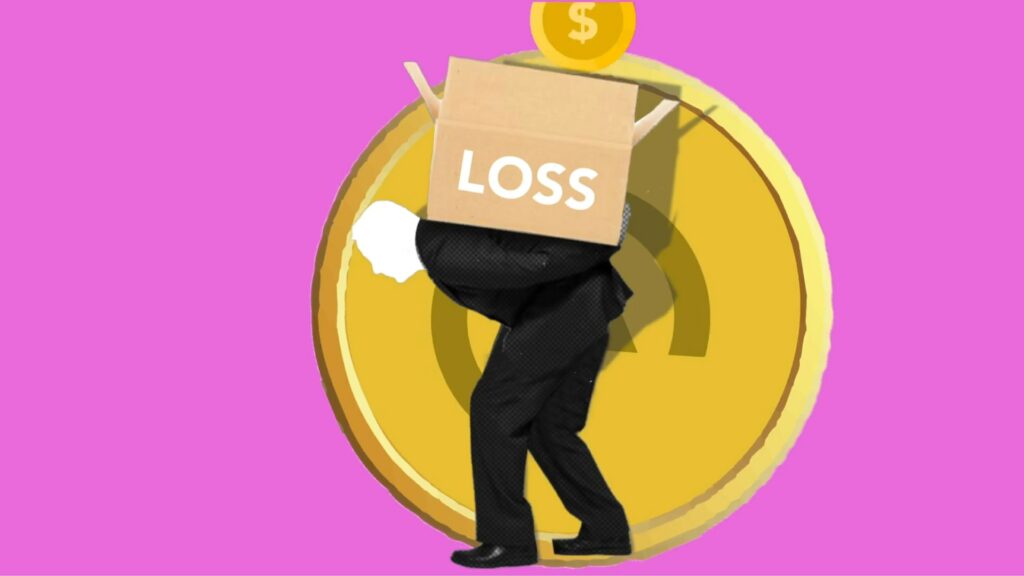Many great traders profit from rising stock prices. However, some people use a tactic known as short selling to benefit when stock are going down.
Trades can be long or short, with a short position being the inverse of a long position. In a long position, an investor purchases shares in the expectation of profiting later when the price rises.
To open a short position, an investor often sells shares borrowed from a brokerage in a margin account. However, the phrase “short position” can have a broader connotation and apply to any position taken by an investor in order to profit from a predicted price fall.
Why would you sell short?
Short selling is most commonly done for speculative and hedging purposes. A speculator is betting solely on the price falling in the future. If they are incorrect, they will have to repurchase the shares at a higher price, at a loss. Because of the added risks associated with short selling owing to the usage of margin, it is frequently undertaken over a shorter time horizon and is thus more likely to be a speculative activity.
People may also sell short to protect a long position. For example, if you possess call options (which are long positions), you may wish to sell short to lock in profits. You can also sell short in a stock that is closely tied to or highly associated with it if you wish to prevent downside losses without really quitting a long stock investment.
How does the short position function?
Short selling or shorting is the process of establishing a short position. In a short sell, an investor borrows stock from a brokerage business and then sells it to another investor. Later, the investor who borrowed the shares to open the short position must return them to the broker from whom they borrowed them. The investor must purchase back the shares in order to return them.
If the share price falls between the time the investor shorts them and the time the shares are repurchased, the investor profits.
Assume that investor borrowed 500 shares of stock XYZ and sold them short at a price of $50. When the share price falls to $40, the investor repurchases them and returns them to the broker. The gross profit for the investor would be $10 per share ($50 – $40 = $10), less any fees or interest on the margin balance.
The overall profit gained on the short position is calculated by multiplying the per-share profit by the total number of shares shorted.
In our example, if the brokerage cost is 2% on each transaction, we would compute the total profit as follows:
1. The investor borrows and sells 500 shares at $50 each for a total of $25,000 in profit.
2. A 2% charge on a $25,000 investment is $500, leaving the investor with $24,500 after costs.
3. The price falls to $40 per share, and the investor pays $20,000 for the 500 shares.
4. A 2% charge of $20,000 equals $400, leaving the investor with $19,600.
5. The total profit on the short position for the investor is $24,500 – $19,600 = $4,900.
While shorting stocks is lawful, the Securities and Exchange Commission (SEC) has specific limits on who can sell short, which securities can be shorted, and how those securities can be shorted.

The risks of short selling
There is no certainty that a short position on an investment will result in a reduction in the share price. If the share price rises after being shorted, the investor must repurchase the shares to return them to the brokerage. The investor will lose on the short position in this case because the shares will be repurchased at a greater price than they were originally sold for.
Losses on investments
To demonstrate this, simply invert the prices in the preceding example. Assume the investor borrows and shorts the shares at their initial trading price of $40. The share price then climbs to $50, defying investors’ expectations that it will fall.
The loss may be calculated as follows:
1. For a total of $20,000, the investor borrows and sells 500 shares at $40 each.
2. A 2% broker charge on $20,000 is $400, leaving the investor with $19,600.
3. The price jumps to $50 per share, and the investor pays $25,000 for the 500 shares.
4. A 2% broker charge on $25,000 equals $500, leaving the investor with $24,500.
5. The transaction loss is $19,600 – $24,500 = -$4,900.
Margin call
A margin call is another risk of a short sale. A margin call happens when a broker demands you to deposit funds into your investment account because your margin position (the amount you owe the brokerage business) has become too big.
This might happen in a short position in stock investing if price rises and your equity holding in the account falls below the required maintenance level. Because the price of a stock might potentially climb indefinitely, there is a danger that your losses could grow so large that you will be unable to repurchase the shares to return them to the broker and cover the short position.
To mitigate this risk, the brokerage business would need you to put extra funds or additional shares into the account. If you are unable to meet the margin call, the broker will sell additional shares in the account or cancel the transaction to avoid further losses.
The short squeeze
If a stock is aggressively shorted and has a high short float and days to cover ratio, it is also vulnerable to a short squeeze. A short squeeze occurs when a stock begins to climb and short-sellers cover their holdings by purchasing them back. This purchasing might become a feedback cycle. Demand for the shares draws more purchasers, leading the price to rise, prompting even more short-sellers to buy back or cover their holdings.
The practice of short selling outraged thousands of retail traders who campaigned on Reddit and other forums in recent years to acquire distressed stocks. The conflict between individual traders and institutional investors pushed numerous companies that were regularly targeted by short sellers to new highs.
Real example of short squeeze
What happened to GameStop (GME) stock during the pandemics is one of the most recent examples of short squeeze. Short-sellers targeted the brick-and-mortar business that sold video games, gaming paraphernalia, and consumer electronics.
GME share was selling at about 4 in August of 2020. On the basis of several big name investors purchasing holdings in the firm, shares gradually rose to finish out 2020 slightly under 20. This attracted short sellers, including several large hedge firms. The stock then surged to a high of around 40 on massive volume on January 13, 2021.
That was undoubtedly the beginning of the short squeeze. For nearly a week, the 40 level held. On January 22, the stock rose again, trading above 70 on the day with the highest volume to that moment.
The following day, the stock reached a high of over 160, with similar movement the following day. The stock then doubled again on January 27, reaching 380. The high on January 28 was 483.
This squeeze resulted in some significant losses. Two funds in particular took a beating. Citron Research and Melvin Capital are said to have incurred massive losses.
Short squeezes are often perpetrated by one hedge fund on another. This is the first time a group of retail traders has initiated such trading.

Regulatory dangers
To minimize panic and undue selling pressure, regulators may occasionally prohibit short sells in a certain sector or even the whole market. Such measures might trigger a sharp increase in stock prices, causing short sellers to cover their holdings at a significant loss.
Going against the flow
In general, history has proven that stocks tend to rise. Most equities improve in value over time. In fact, even if a firm hardly improves over time, inflation or the pace of price growth in the economy should cause its stock price to rise slightly. This indicates that short positions in stocks involves betting against the market’s general direction.
Bottom line
Individual investors who wish to profit from a share price decrease might do so by holding a short position. However, it is impossible to anticipate share prices with confidence, and short selling may result in investment losses if the share price rises after being sold short. A more advanced trading method is to short a stock or another security. Beginner investors should conduct research and verify they are in a sound financial position before entering into a short investment.



